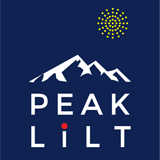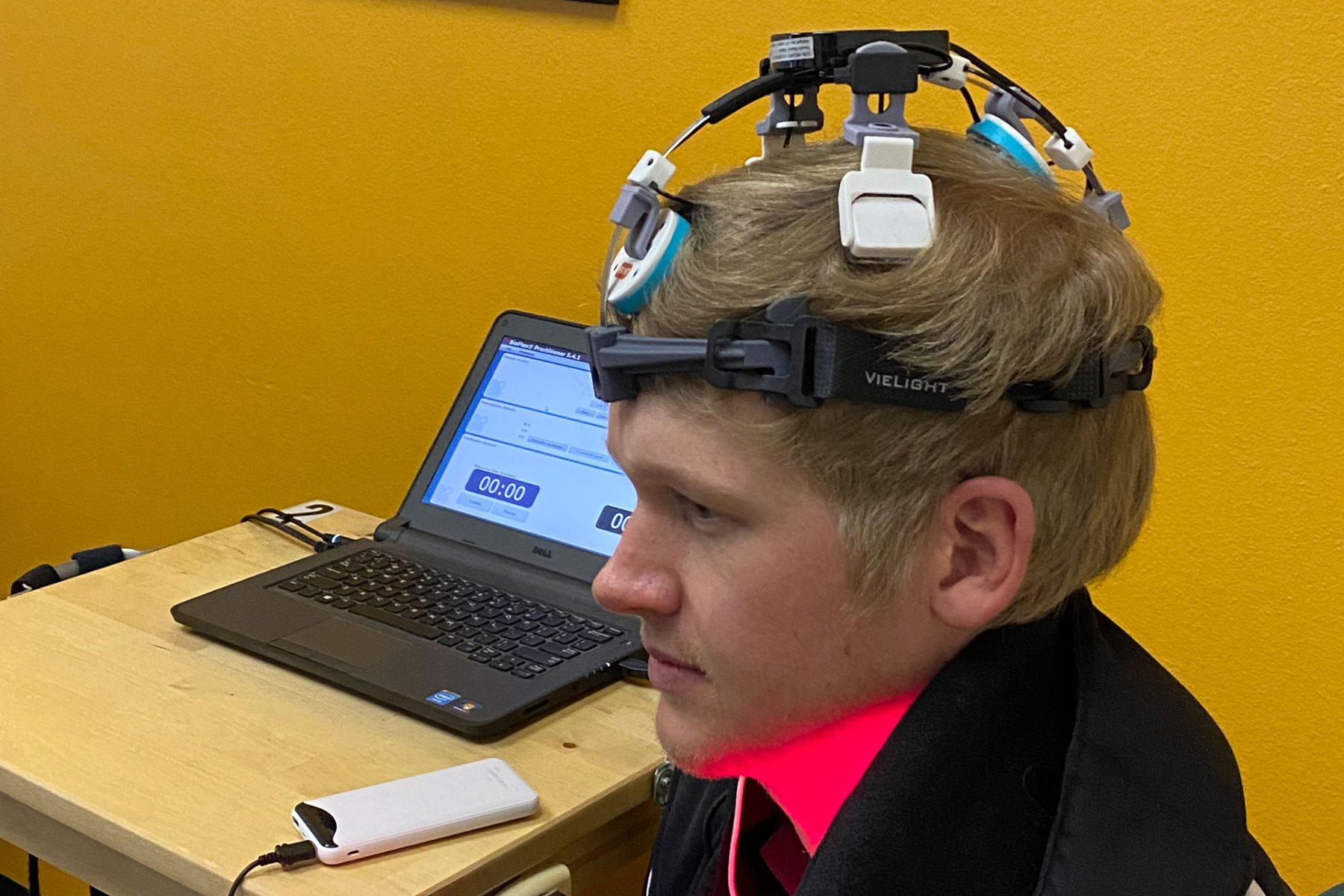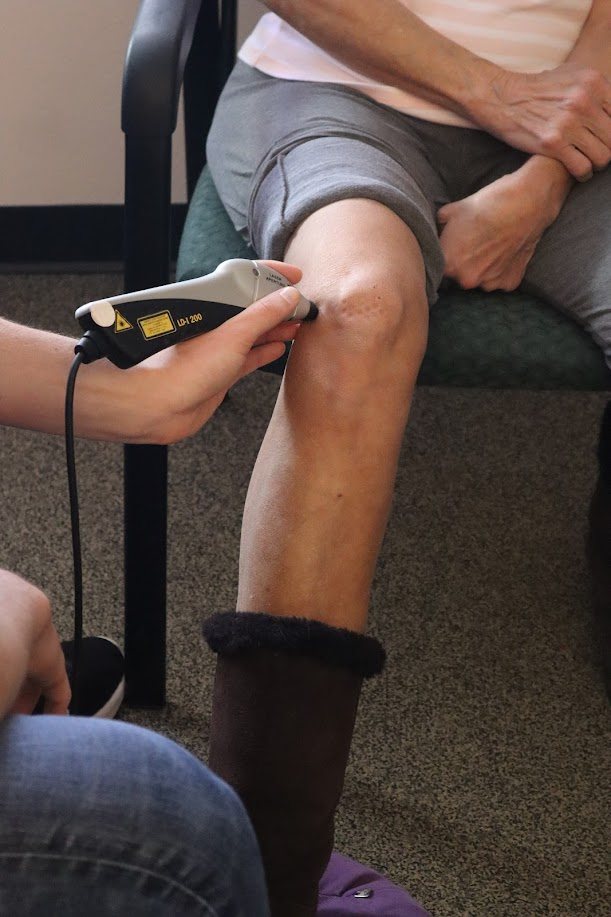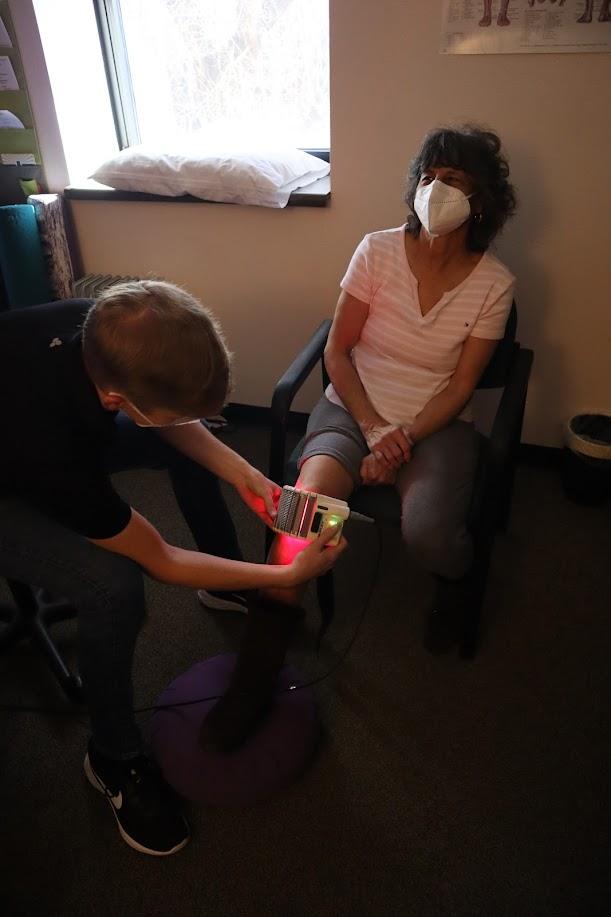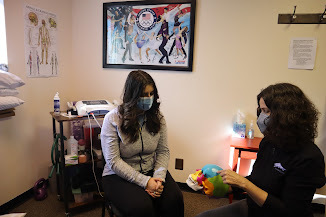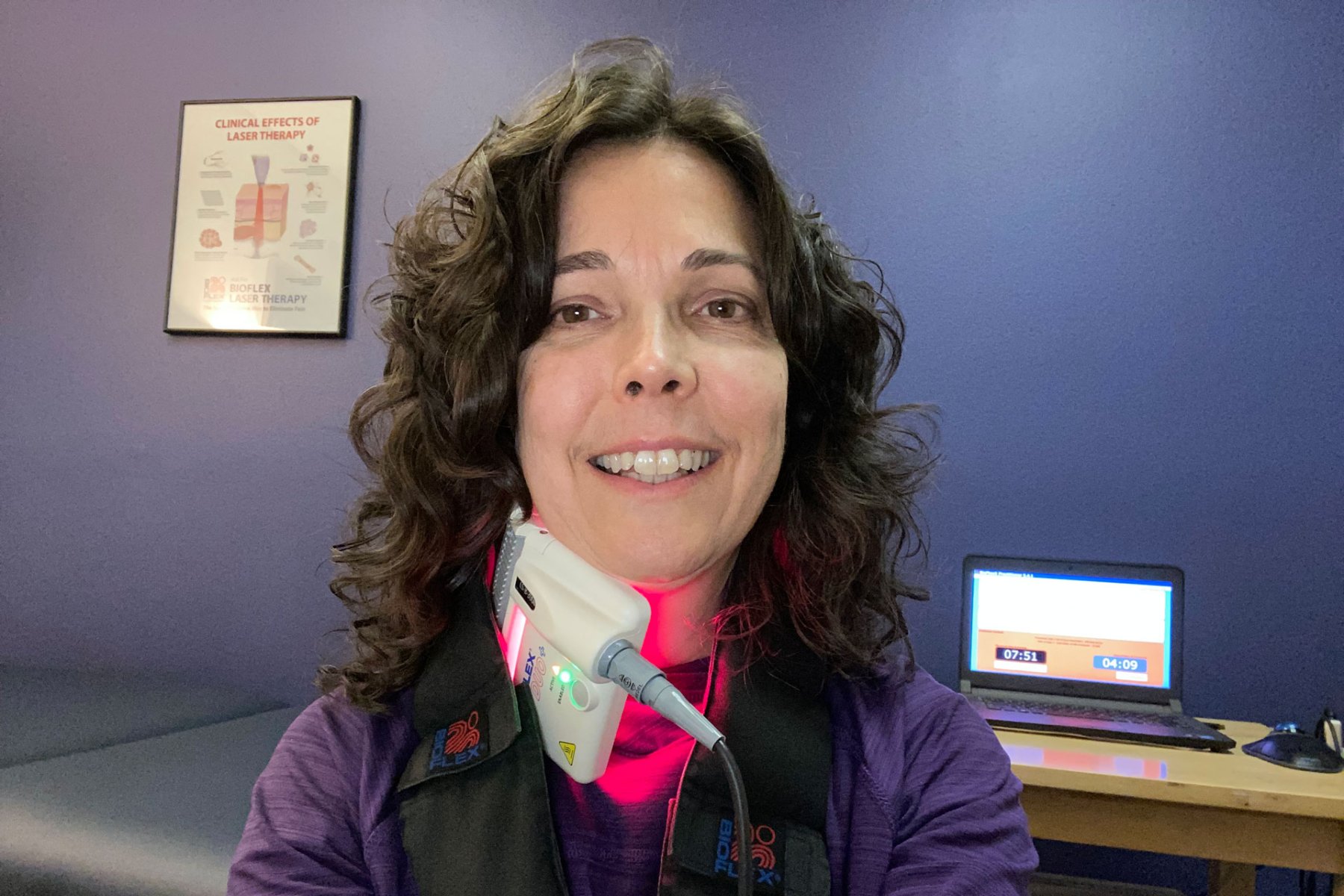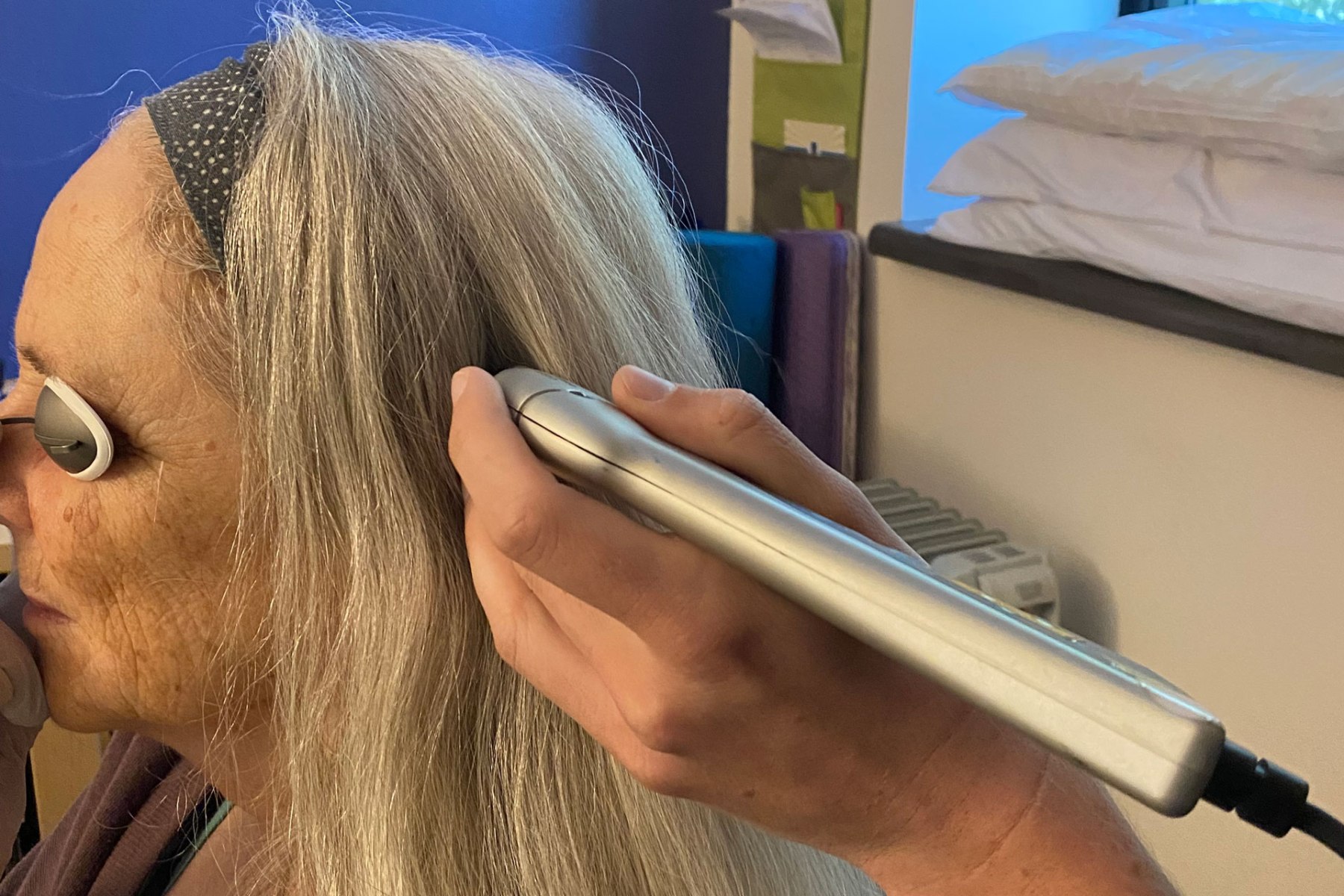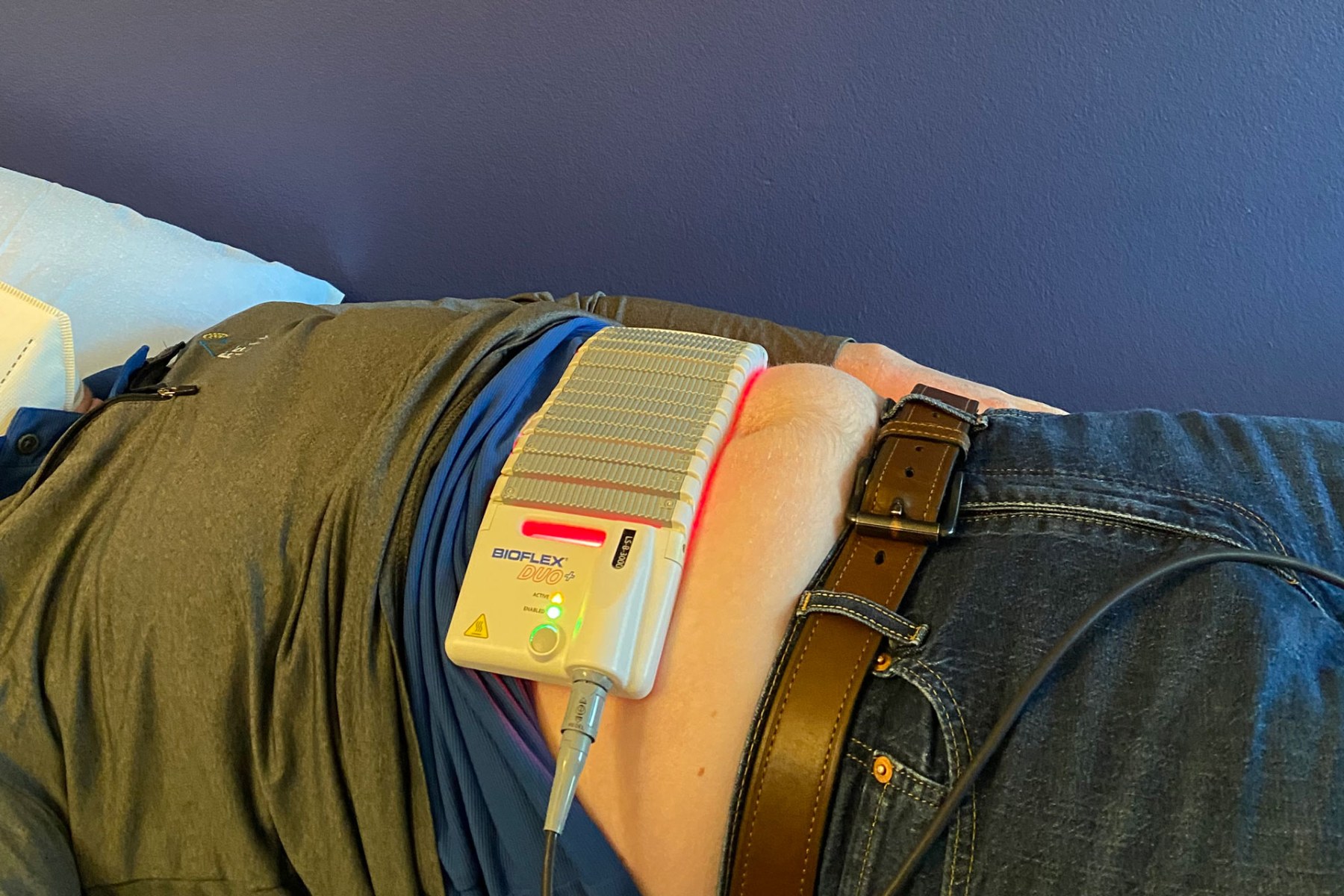Welcome to the revolutionary world of Photobiomodulation, also known as Low Intensity Light/Laser Therapy.
Peak LiLT, LLC has been committed to the study and application of Photobiomodulation science since 2015, yielding notable outcomes for a range of orthopedic and neurological conditions.
Recently, our focus has shifted to the treatment of neurological conditions and neurodegenerative diseases, as Photobiomodulation (PBM) is among the few interventions that can genuinely promote healing effects in the brain: Shining light on the head: Photobiomodulation for brain disorders – PMC (nih.gov)
Moreover, we still persist in treating a broad spectrum of orthopedic conditions, including all types of sports injuries, herniated discs, and post-surgical recovery, consistently achieving excellent results!
Explore our sub-specialties to determine if Photobiomodulation could be an effective treatment option for your condition:
What is Photobiomodulation?
Photobiomodulation (PBM) is the process of inducing photochemical reactions in cells using specific light wavelengths, primarily from 610 nm to 1100 nm. These wavelengths are part of the red to near-infrared spectrum. The series of photochemical reactions initiated by these photons promotes a healing response in various tissues, such as the brain and nervous system, upon exposure.
Photobiomodulation has a long history, dating back to the development of the first red light frequency laser in 1962. It was initially studied in 1967 by a European research scientist for its potential to modulate wound healing and hair regeneration in mice. This pioneering work spurred further research globally, evidenced by over 500 Clinical Controlled Trials and more than 5,000 peer-reviewed papers affirming its efficacy.
The field has seen remarkable growth in just the past five to ten years, with research showcasing the efficacy of Photobiomodulation (PBM) for conditions like Alzheimer’s Dementia, Parkinson’s Disease, and other neurodegenerative disorders linked to Autonomic Nervous System Dysfunction.
It is important to note that the success of treatment outcomes relies greatly on the treatment parameters and settings.
Many of the laser therapy systems manufactured in the U.S. are classified as Class 4 laser therapy systems, which are extremely high-powered and therefore generate heat. This heat can inhibit cellular healing mechanisms, leading to unsuccessful treatments and contributing to a negative perception of laser therapy.
Photobiomodualtion works via photochemical reactions within the cells of our body, not by heat production.
Most research studies that have found success are using power densities between 200 and 500 mW. In contrast, Class 4 laser therapy systems in the U.S. often emit 15,000 to 40,000 mW of power, potentially leading to cellular oversaturation, which can inhibit mitochondrial function and the cellular healing response. Despite these companies’ marketing claims that “higher power means better results and fewer, shorter treatments,” evidence suggests that lower power densities are actually what works.
On the other end of the spectrum, “red light therapy” has gained popularity, with various devices available on Amazon and other platforms, as well as red light yoga classes and infrared saunas (infrared saunas may have a detox affect). However, many devices sold online may not be effective due to insufficient power, making them potentially a poor investment. Additionally, high-quality light therapy devices typically utilize specialized diodes to emit light photons: SLDs versus LEDs. SLDs produce coherent light, allowing for deep tissue penetration. In contrast, LEDs generate diffuse light, which does not penetrate beyond the skin layers. Devices equipped with LEDs are less expensive as SLD diodes are quite costly, but these LED-based devices are unlikely to be effective in treating orthopedic or neurological conditions. However, they may be effective for skin issues such as age spots and potentially promoting hair growth in some instances.
However, when the appropriate equipment is utilized properly, the outcomes of Photobiomodulation for orthopedic and neurological conditions can be remarkable!
Discover the potential of Photobiomodulation and its impact on your health and functioning. Call us today for more information or to schedule a consultation to see if this treatment might have a positive effect on your life: (719) 249-1600. Or email Melinda Couch, PT at [email protected] or Bryce Martin, LMT at [email protected]
Recommended Home Light Therapy Equipment: The DNA Vibe (including our videos with how to use it) and The Vie Light Neuro
How Does Low Intensity Light/Laser Therapy Work?
Research Supports Class 3B Lasers Over Class 4
What Conditions Can LLLT Treat?
Mechanisms of Action
- The Physiological Effects of Laser Therapy
- The Nuts and Bolts of Low-level Laser (Light) Therapy
- Photobiomodulation or low-level laser therapy
